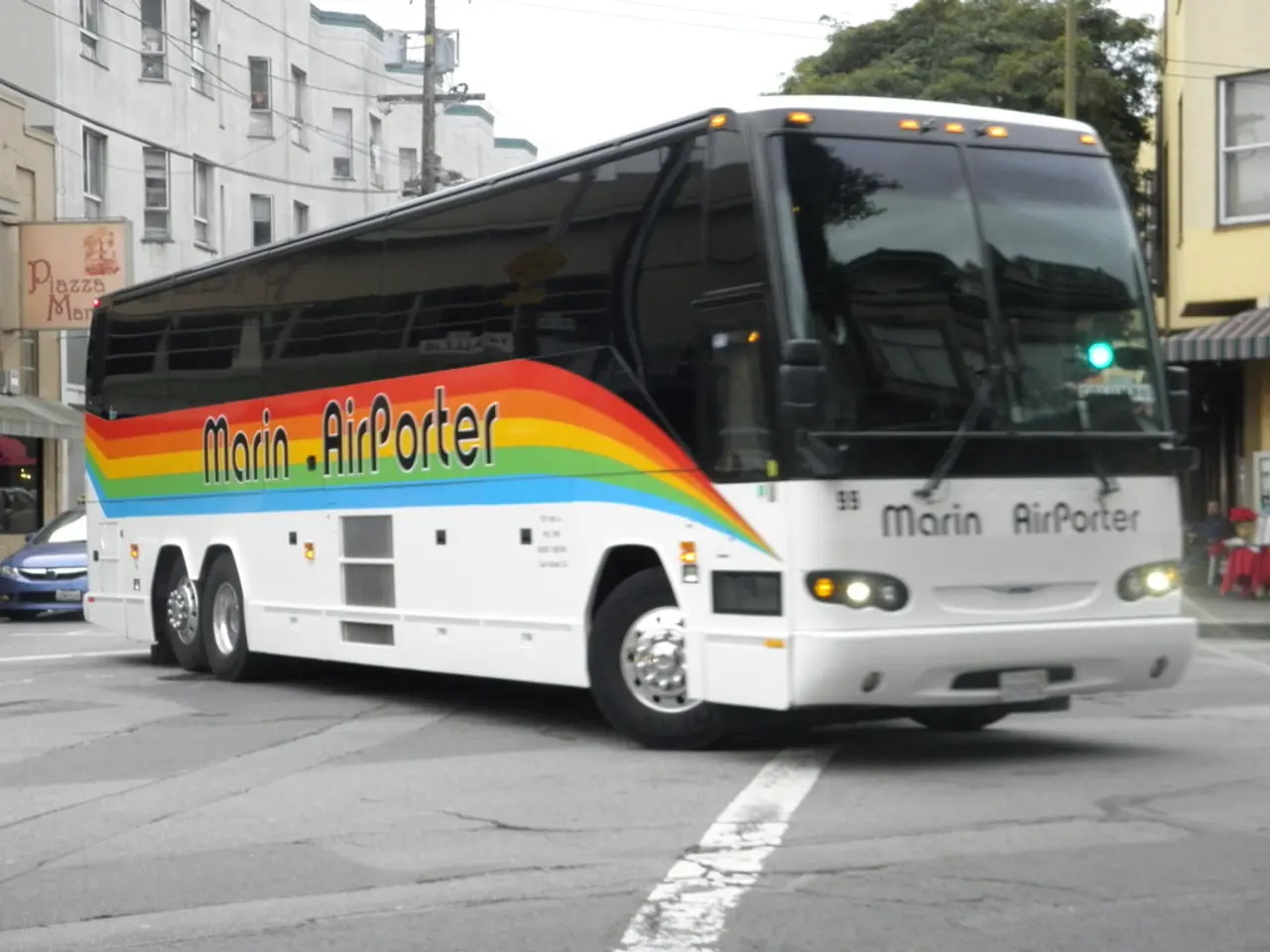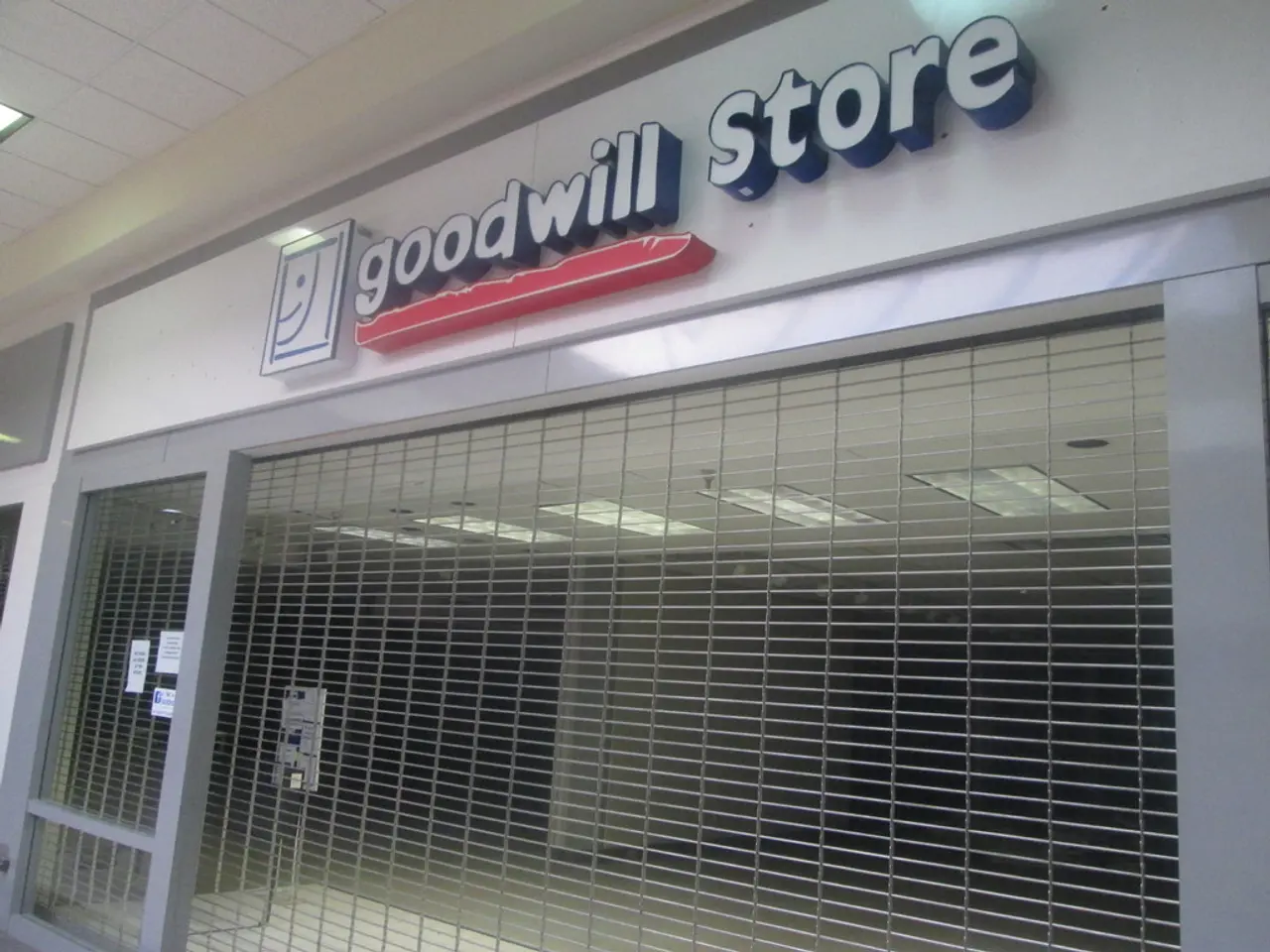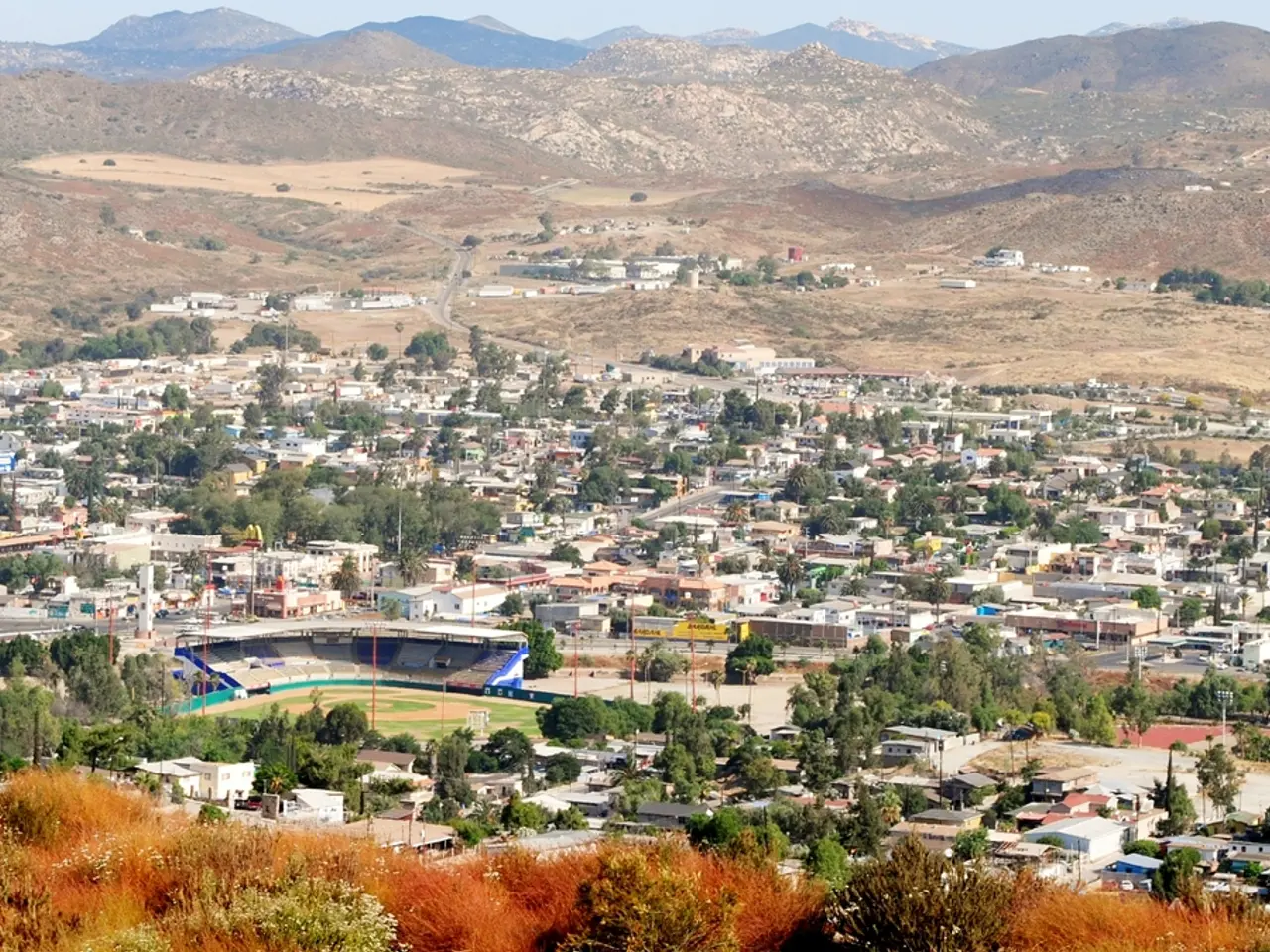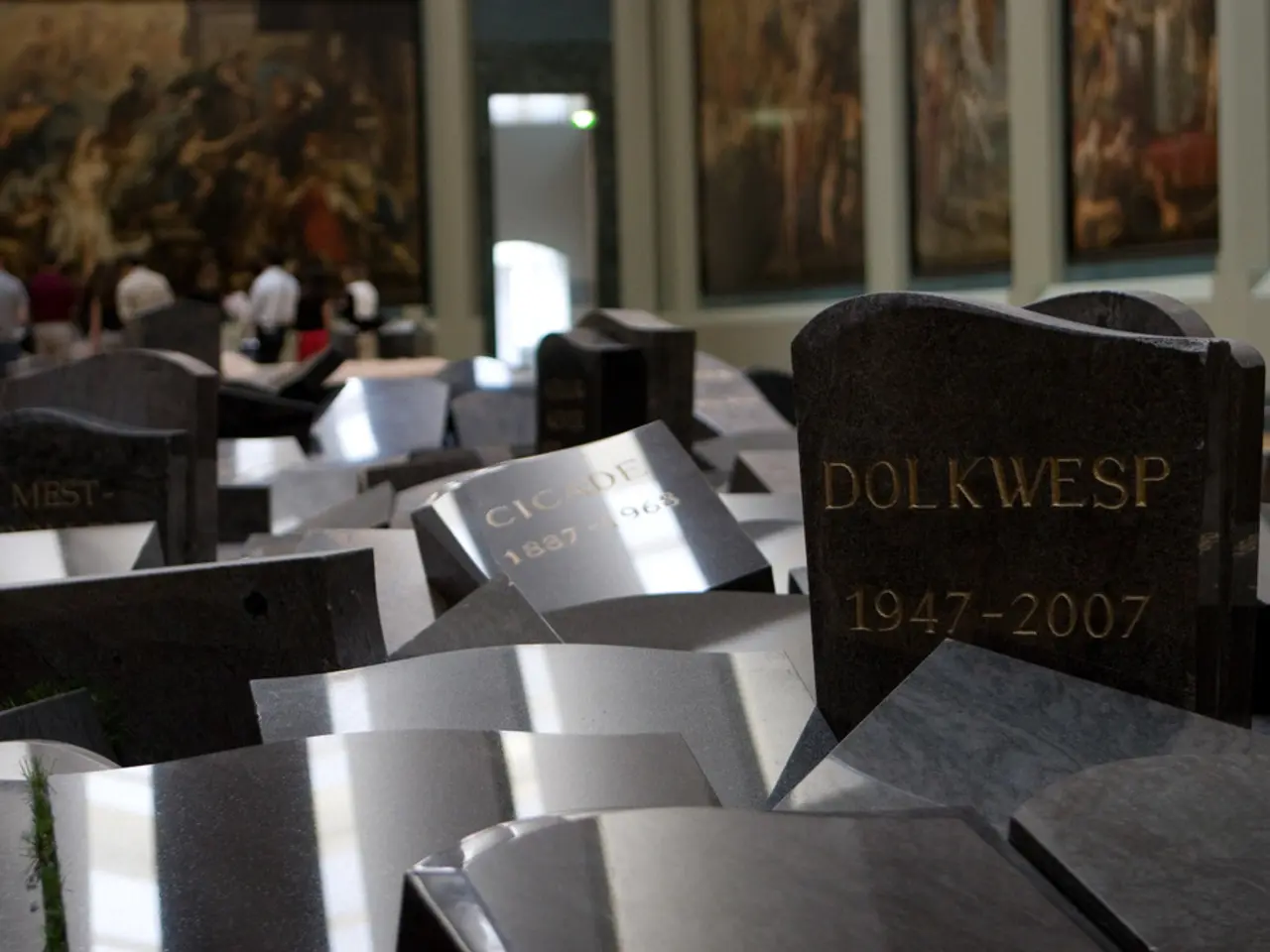CBRT initiates monthly usage in Phase 1
After more than 13 years of delays, the much-anticipated Cebu Bus Rapid Transit (BRT) project is finally set to start its pilot test runs in the first week of September 2025. The Cebu BRT, a P17-billion mass transportation project, will cover Phase 1, a 13-kilometer route from the Cebu South Bus Terminal to the Cebu Provincial Capitol, with key stations such as Fuente Osmeña, SM Seaside, IT Park, and Cebu Normal University.
The project, initially proposed in the 1990s to alleviate the traffic problems in Metro Cebu, has been meticulously designed to improve urban mobility dramatically. The total project cost is about P17 billion, with Phase 1 being around 95% complete, excluding the finalization of the Capitol Station, which is still under negotiation between Cebu's provincial and city governments.
The pilot run will utilise 20 CIBUS units to provide free rides on this initial route. The aim is to significantly reduce commute time for Cebuano residents and support better mass transit options. There is also an effort to integrate jeepney drivers into the BRT workforce to ensure local inclusivity and livelihood transition.
Cebu Governor Pamela Baricuatro is overseeing the proposed design for the bus station near the Capitol, while Cebu City Mayor Nestor Archival and Cebu City Vice Mayor Tomas Osmenña have been consulted regarding the project. Vice Mayor Osmenña suggested that the BRT system could be tested with the existing three stations, even before the bus station near the Capitol is completed.
Transportation Secretary Vince Dizon announced on July 23, 2025, that the public will be able to experience the BRT system within a month. The Department of Transportation (DOTr) is in the process of acquiring more buses to accommodate more passengers. CiBus, the company providing the buses for the pilot run, started adding buses in 2020, which were originally designed for the BRT project, and currently has 20 operational units.
The World Bank has approved the gradual implementation of the project. Although some concerns have been raised about finishing touches such as sidewalk construction and station integration, authorities now agree to begin operations with the currently completed stations while final adjustments continue, especially on the Capitol station.
Officials anticipate the system will save commuters considerable travel time and improve the overall quality of public transportation in the city. It is described as a "game-changer" for Cebu's public transport system, bringing modern, fast, and efficient transit to an area long hindered by traffic congestion and inefficient transport modes. The Cebu BRT represents a multimillion-peso investment aiming to modernize Cebu City’s mass transit and reduce commute times substantially with the potential inclusion of traditional jeepney drivers into the system workforce.
The Cebu provincial and city governments, in their negotiating phase for the finalization of the Capitol Station, demonstrate their shared interest in the P17-billion Cebu Bus Rapid Transit (BRT) project, which includes key stations in Cebu City's industry centers such as SM Seaside and IT Park. With the aim to improve public finance by reducing commuting expenses for Cebuano residents and enrich local transportation options, the government plans to integrate jeepney drivers into the BRT workforce.
In the coming months, the project is set to benefit from the World Bank's gradual implementation, making it possible for a modern, fast, and efficient mass transportation system to be tested, providing hope for a significant decrease in commute times and October 2025 marks the anticipated start of the transformation for Cebu's public transport system.





